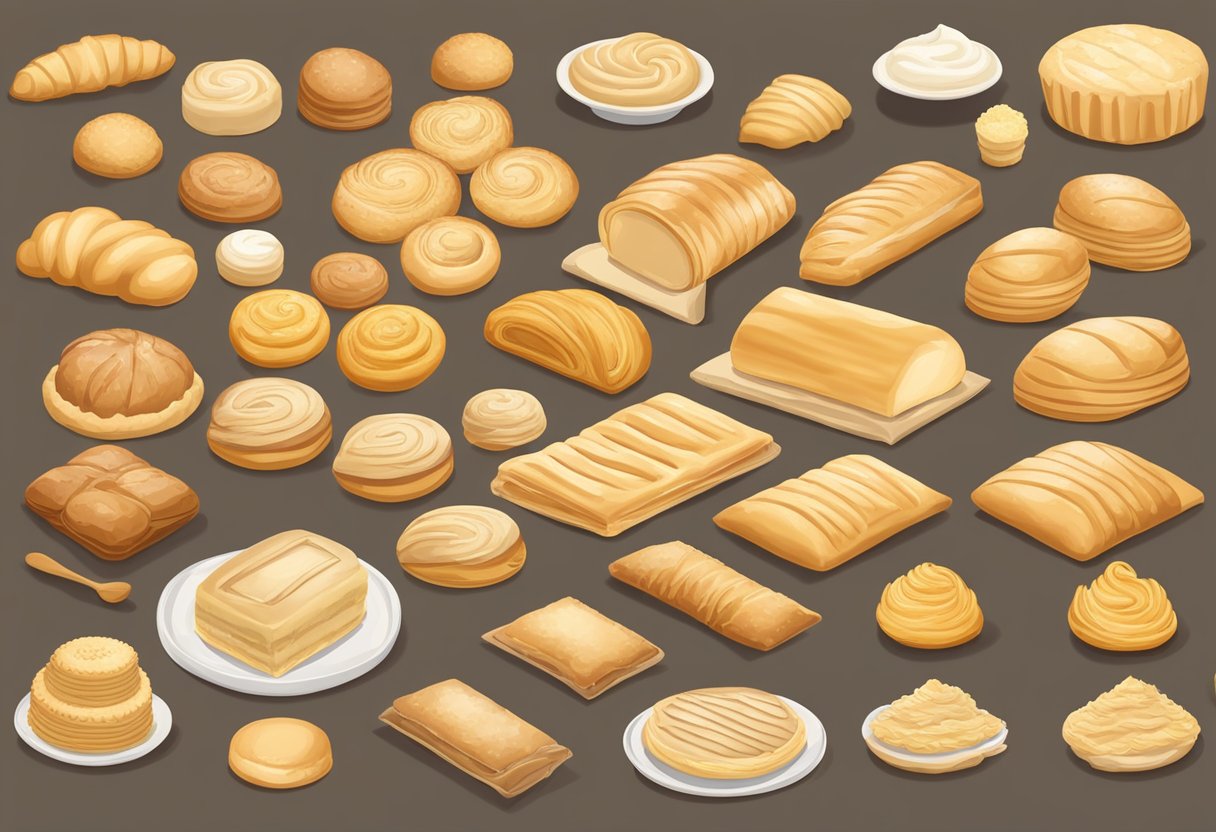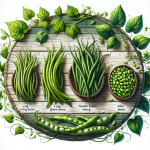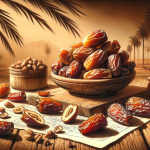Types Of Pastries
Pastries are a beloved dessert all over the world. From flaky croissants to sweet fruit tarts, there is a pastry for every taste and occasion. Pastries are typically characterized by their dough, which can range from light and fluffy to dense and buttery.
There are many types of pastry dough, including shortcrust, puff, filo, and choux. Each type of dough has its own unique texture and flavor, which can be used to create a variety of pastries. Shortcrust pastry, for example, is a flaky and buttery dough that is often used for pies and tarts. Puff pastry, on the other hand, is a light and airy dough that is used for pastries like croissants and palmiers.
Sweet and savory pastries are also popular all over the world. Sweet pastries include classics like eclairs and cream puffs, as well as fruit tarts and danishes. Savory pastries, like quiches and meat pies, are often served as a meal or snack. Some cultures have their own unique types of pastries, like the empanadas of Latin America or the samosas of India.
Key Takeaways
- Pastries come in a variety of dough types, including shortcrust, puff, filo, and choux.
- Both sweet and savory pastries are popular all over the world, with each culture having its own unique types of pastries.
- The ingredients and techniques used to make pastries can vary widely, resulting in a wide range of flavors and textures.
Types of Pastry Dough

Pastry dough is a basic dough that is made with simple ingredients such as flour, water, and fat. Different types of pastry dough are used to create a variety of pastries with different textures and flavors. Here are the most common types of pastry dough:
Puff Pastry
Puff pastry is a type of laminated dough that is made by layering butter between layers of dough. When baked, the butter melts and creates steam, which causes the layers of dough to separate and puff up. This results in a light, flaky pastry that is perfect for sweet and savory dishes.
Shortcrust Pastry
Shortcrust pastry is a type of pastry dough that is made with flour, fat, and water. It is a non-laminated dough, which means that the fat is rubbed into the flour rather than layered between layers of dough. Shortcrust pastry is commonly used for pies, tarts, and quiches.
Filo Pastry
Filo pastry is a type of pastry dough that is made by rolling out very thin sheets of dough. It is a laminated dough that is made by brushing melted butter or oil between the layers of dough. Filo pastry is commonly used for sweet and savory dishes such as baklava, spanakopita, and samosas.
Choux Pastry
Choux pastry is a type of pastry dough that is made by boiling water, butter, and flour together before adding eggs. When baked, the pastry puffs up and becomes hollow on the inside, making it perfect for filling with cream or other fillings. Choux pastry is commonly used for eclairs, profiteroles, and cream puffs.
Overall, the different types of pastry dough offer a wide range of textures and flavors for creating a variety of sweet and savory pastries. Whether you are making a pie, tart, or cream puff, choosing the right type of pastry dough is essential for achieving the perfect result.
Sweet and Savory Pastries
Pastries come in a wide variety of flavors and textures, ranging from sweet to savory. Whether you have a sweet tooth or prefer something more savory, there is a pastry out there for everyone.
Croissants and Viennoiserie
Croissants are a type of French pastry that are typically made with butter and yeast dough. They are known for their flaky, buttery texture and crescent shape. Croissants can be enjoyed plain or filled with a variety of sweet or savory fillings such as chocolate, cheese, or ham.
Viennoiserie is a term used to describe a variety of pastries that are similar to croissants. They are typically made with laminated dough, which is a dough that has been layered with butter. Some popular types of viennoiserie include pain au chocolat, almond croissants, and brioche.
Tarts and Pies
Tarts and pies are a type of pastry that are typically filled with fruit, cream, or custard. They can be sweet or savory, depending on the filling. Some popular types of sweet tarts and pies include apple pie, lemon tart, and strawberry tart. Savory tarts and pies are often filled with meat and vegetables, such as quiche or chicken pot pie.
Danishes and Turnovers
Danishes and turnovers are a type of pastry that are typically made with puff pastry dough. They are known for their flaky, buttery texture and can be filled with a variety of sweet or savory fillings. Some popular sweet fillings include fruit, cream cheese, and chocolate. Savory fillings can include cheese, ham, or spinach.
In summary, pastries come in a variety of flavors and textures, ranging from sweet to savory. Croissants, viennoiserie, tarts, pies, danishes, and turnovers are just a few examples of the many types of pastries available. Whether you prefer something sweet or savory, there is a pastry out there for everyone.
Cultural and Regional Pastries
French Pastries
French pastries are world-renowned for their exquisite taste and delicate texture. Croissants are one of the most popular French pastries that are enjoyed all over the world. They are made with laminated dough that creates layers of buttery goodness. Other popular French pastries include eclairs, which are made with choux pastry and filled with cream, and macarons, which are meringue-based cookies with a filling of ganache, buttercream, or jam.
Middle Eastern Pastries
Middle Eastern pastries are known for their sweetness and use of nuts and spices. Baklava is one of the most famous Middle Eastern pastries. It is made with layers of phyllo dough, filled with nuts, and sweetened with honey syrup. Another popular Middle Eastern pastry is ma’amoul, which is a shortbread cookie filled with dates or nuts.
Mediterranean Pastries
Mediterranean pastries are a fusion of flavors from various cultures that have influenced the region over the centuries. Spanakopita is a popular Mediterranean pastry that originated in Greece. It is made with phyllo dough and filled with spinach and feta cheese. Another popular Mediterranean pastry is the Danish pastry, which is a buttery and flaky pastry that was originally brought to Denmark by Austrian bakers.
France is the birthplace of many famous pastries, and it is no surprise that French pastries are enjoyed all over the world. Austria has also contributed to the world of pastries with the creation of the Danish pastry. Turkey is known for its baklava and other sweet pastries, while Denmark has made its mark with the Danish pastry.
Overall, pastries are a delightful treat that can be enjoyed in many different cultures and regions. Each culture has their own unique take on pastries, and it is fascinating to explore the different flavors and techniques used in creating these delicious treats.
Pastry Techniques and Ingredients
Lamination
One of the most important techniques in pastry making is lamination, which involves the repeated folding and rolling of dough with layers of butter or fat in between. This creates a flaky, buttery texture in pastries like croissants and puff pastry. The process of lamination requires patience and attention to detail, as the dough must be kept at a consistent temperature and thickness throughout the process.
Baking Essentials
In addition to lamination, there are several key ingredients and techniques that are essential to pastry making. These include:
-
Butter: High-quality butter is essential for creating rich, flavorful pastries. Unsalted butter is preferred, as it allows for better control of the overall salt content in the pastry.
-
Sugar: Sugar not only adds sweetness to pastries, but also helps to tenderize the dough and promote browning during baking.
-
Eggs: Eggs are a binding agent in many pastry recipes, helping to hold the dough together and create a smooth, uniform texture.
-
Baking powder and yeast: These leavening agents are used to create light, airy pastries like cream puffs and éclairs.
-
Glaze and icing: These finishing touches add a final layer of sweetness and decoration to pastries, and can be made with a variety of ingredients like powdered sugar, milk, and food coloring.
Overall, pastry making is a delicate art that requires a balance of technique, ingredients, and creativity. With practice and attention to detail, anyone can learn to make delicious, beautiful pastries at home.
Serving and Pairing Pastries
Dessert Pastries
Dessert pastries are a perfect way to end a meal or to enjoy as a sweet treat any time of the day. Pastries such as croissants, danishes, and strudels are perfect for serving with a cup of coffee or tea. A light dusting of powdered sugar or drizzling of honey or syrup can add extra sweetness to the pastry.
For those who prefer a creamier taste, cream cheese or whipped cream can be added to the pastry. Vanilla or custard can also be used to add a rich and creamy flavor to the pastry. Chilled pastries can be paired with a glass of milk or a scoop of ice cream to create a refreshing dessert.
Breakfast Pastries
Breakfast pastries are a great way to start the day. Pastries such as croissants, muffins, and cinnamon rolls are perfect for pairing with a cup of coffee or tea. A light spread of butter or jam can add extra flavor to the pastry.
For those who prefer a sweeter taste, honey or syrup can be added to the pastry. Cream cheese or whipped cream can also be used to add a creamy and sweet flavor to the pastry. Chilled pastries can be paired with a glass of milk or a cup of yogurt to create a refreshing breakfast.
Overall, pastries are a versatile and delicious treat that can be enjoyed in a variety of ways. By pairing them with different drinks and toppings, the taste of the pastry can be enhanced to create a unique and satisfying experience.






